
Why Antibiotics Shake Things Up
Let’s just be honest—being on antibiotics is rarely fun. Throw in a yeast infection while you’re already under the weather, and… wow. Not fair. Isn’t it wild how you try to fix one thing and something else in your body rebels?
If you’re wondering—can you treat a yeast infection while on antibiotics?—you’re not alone. Turns out, antibiotics might play the good guy with your ear or sinus or skin, but they also have this sneaky habit of turning your happy downstairs ecosystem into total chaos. Here’s the scoop: antibiotics don’t discriminate. They wipe out bad bacteria, sure, but they also knock out the good bacteria that keep yeast in check. Suddenly, yeast (the infamous Candida fungus) sees an opening and basically sets up camp where it isn’t wanted according to Medical News Today’s overview.
Ever feel like your body’s outsmarting you? Yeah, me too. And just FYI, you’re far from alone on this rollercoaster. Yeast infections are super common when antibiotics show up—especially certain broad-spectrum types. If you want to know which ones are the usual suspects, this handy list of antibiotics that cause yeast infections is worth a quick peek.
Uh Oh. How Do You Even Know?
Ever sit there squirming, wondering, “Wait, is this a yeast infection? Or something else?” We’ve all been there—second-guessing every itch and twinge. Honestly, yeast infections have some telltale signs and they don’t exactly whisper. They announce themselves. Think:
- Itching—the kind that makes you want to dance in your seat.
- Burning—especially when you pee.
- Discharge—sometimes thick and white, sometimes just… weird.
- Redness or swelling (yep, your vulva’s suddenly not happy).
If you’re ticking off multiple boxes, it’s a safe bet. But here’s a gentle PSA: if you’ve never had a yeast infection, if things hurt A LOT, or if there’s something funky with color or smell, give your doctor a call. No shame in double-checking and not everything down there is yeast’s fault (yup, according to Cleveland Clinic).
Quick story: The first time I had a yeast infection (thank you, antibiotics…), I seriously thought my underwear had suddenly turned into sandpaper. It sounds funny now but in the moment? Pure panic. My best friend gently (very gently) explained it—and honestly, having someone to talk to made me feel about 100x less alone.
So… Can You Treat a Yeast Infection While Still Taking Antibiotics?
The short answer? Yes, absolutely. You don’t have to choose between fighting your infection and feeling comfortable “down there.” In fact, it’s usually a good idea to treat a yeast infection right away—even if you’re still on antibiotics—so you can skip the whole “miserable for days” thing according to HealthLink BC’s advice.
In most cases, doctors will recommend an antifungal treatment, like a cream or pill. These are safe with antibiotics and work pretty quickly. There’s no need to wait until your antibiotic course is done before starting relief—no heroic suffering required.
Any Downsides?
Just a small heads-up: if you keep getting yeast infections every time antibiotics enter your life, let your provider know. You might need a slightly longer antifungal course or preventative options. Sometimes, they’ll even recommend taking a one-dose antifungal while finishing antibiotics to get ahead of things as research on Healthline points out. I have a friend who swears her doc’s “preemptive” strategy changed her life.
The Home Remedy Hustle: Is There a Natural Way?
Okay, so you’re thinking: “I’d rather not put more meds in me if possible…” I totally get it. There are natural tricks that might help—especially for those mild, early-stage infections.
1. Probiotics—The Good Guy Squad
Basically, restoring balance means inviting back some good bacteria. Probiotics are the rockstars here. Eating plain Greek yogurt, sipping kefir, or even popping a probiotic supplement can help while on antibiotics. Experts from WebMD and Healthline agree that a healthy dose of Lactobacillus acidophilus (that superstar “good” bacteria) can support a happy, yeast-free ecosystem as suggested on WebMD. If you’re team dairy-free, go with the supplement or foods like sauerkraut, kimchi, etc.
Laugh-worthy anecdote: My aunt swears by her morning yogurt ritual. She’ll tell you all about her ‘yeast-free’ victory at the drop of a hat… even at family dinners (sorry, auntie, but it’s true).
2. Coconut Oil or Honey
Another home remedy that’s been passed around in women’s circles is coconut oil—or even a mix of yogurt and honey. Both have been researched for their antifungal properties (but the jury’s still out on how effective they really are). If you try these, keep it external and patch test first—some folks can be sensitive. SingleCare even suggests coconut oil for mild cases.
3. Apple Cider Vinegar Sitz Bath
Sitting in a diluted apple cider vinegar bath for 20 minutes might offer some relief, thanks to vinegar’s antimicrobial powers (key word: diluted). Never apply it directly—major ouch potential. For the mix, use about 2 tablespoons in a liter of warm water, then soak. It’s soothing, I promise—but skip this if your skin’s already super sensitive or broken.
If you like the sciencey bits, Tua Saúde has a solid breakdown of how vinegar, yogurt, and even things like propolis can strengthen the body’s defense and keep yeast at bay see their detailed guide here.
Quick Table: Natural vs. Medical Options
| Remedy | What It Does | Best For | Cautions |
|---|---|---|---|
| OTC Antifungal Cream | Relieves symptoms quickly; targets yeast | Most yeast infections | Might not help if symptoms are severe or recurrent |
| Probiotic Foods | Restores good bacteria | Prevention or mild infections | Needs consistency; not quick-fix |
| Coconut Oil | Has antifungal effects | Mild external relief | May cause irritation in some; patch test first |
| Apple Cider Vinegar Sitz Bath | May reduce mild infections and itching | Mild symptoms, prevention | Needs to be diluted; avoid internal use |
| Boric Acid Suppository | Targets tough/recurrent yeast | Chronic yeast infections | Never ingest; skip if pregnant or sensitive |
Natural Timing—When Should You Start?
Lots of people wonder, how soon after antibiotics can i treat a yeast infection naturally? The truth: you don’t need to wait if symptoms are ramping up. It’s generally safe to start treatment as soon as your discomfort begins—even when you’re still taking antibiotics. The caveat? If you’re trying home remedies, let your healthcare provider know to avoid accidental “remedy overload.” (Fun fact: I tried to manage my last infection with yogurt and coconut oil, but gave in to the antifungal after two days… sometimes quick relief is really just worth it.)
If you want a game plan for timing and blending remedies, here’s the best rundown I’ve found: how soon after antibiotics can i treat a yeast infection. It’s surprisingly down-to-earth and covers all the timelines in low-fuss language.
And if you want to get ahead of the next round of antibiotics? Probiotics alongside your treatment and that list of antibiotics that cause yeast infections can help you have a personal prevention plan, not just a fix-it strategy.
Keep That Yeast From Coming Back
Nobody wants to go through this twice… or three times… or every time antibiotics come knocking. Luckily, a few habits give you a fighting chance.
- Switch to breathable cotton undies—skip synthetics as much as possible.
- Stay dry—change out of damp workout wear or swimsuits ASAP.
- Keep things unscented—no fancy soaps, douches, or sprays around your vagina.
- Boost your diet with naturally probiotic foods (yogurt, kefir, sauerkraut) and maybe a supplement if your doctor says yes.
- If you know you need antibiotics, talk to your doctor about preventative tips—or even taking antifungal medication alongside.
And yes, if you want to geek out on which meds tend to trigger yeast trouble, keep the list of antibiotics that cause yeast infections bookmarked for peace of mind.
My two cents: after four runs with antibiotics and yeast drama, I finally got brave and asked for probiotics and yeast-prevention advice at the same time. Game. Changer. Haven’t looked back since.
When Home Doesn’t Cut It
Look, sometimes all the yogurt, vinegar, and intention in the world just won’t cut it. If you notice things getting worse, if you have pain, fever, or if this is your first time ever dealing with a yeast infection while on antibiotics, don’t wait—get professional help. There’s no badge of honor for suffering longer, I promise.
And if you’re pregnant, have diabetes, or a compromised immune system, talk to your doctor before trying any DIY remedies. Sometimes you just need that medical fix, and that’s okay.
Big Picture—And Taking Back Your Comfort
So… can you treat a yeast infection while on antibiotics? Heck yes. You don’t have to just “deal with it” or wait it out; you can take charge, get comfortable again, and return to life (and workouts, date nights, you name it). Whether your approach is natural, medical, or a mix, starting early is kind to your body—and your peace of mind.
Don’t forget: pop over to that list of antibiotics that cause yeast infections if you want to plan ahead, or brush up on how soon after antibiotics can i treat a yeast infection naturally if you want some extra timing tips.
You’ve totally got this. The biggest message? Trust your gut (and your body), treat what you need to, and don’t be afraid to ask questions or ask for help. Sometimes the simplest acts of self-care make all the difference—not just in beating yeast infections, but in cheering for your own health, every day. What’s your move next time antibiotics try to throw your body off balance? I’d love to hear. Let’s all learn from each other and make “yeast infections on antibiotics” the least dramatic part of healing, ever.

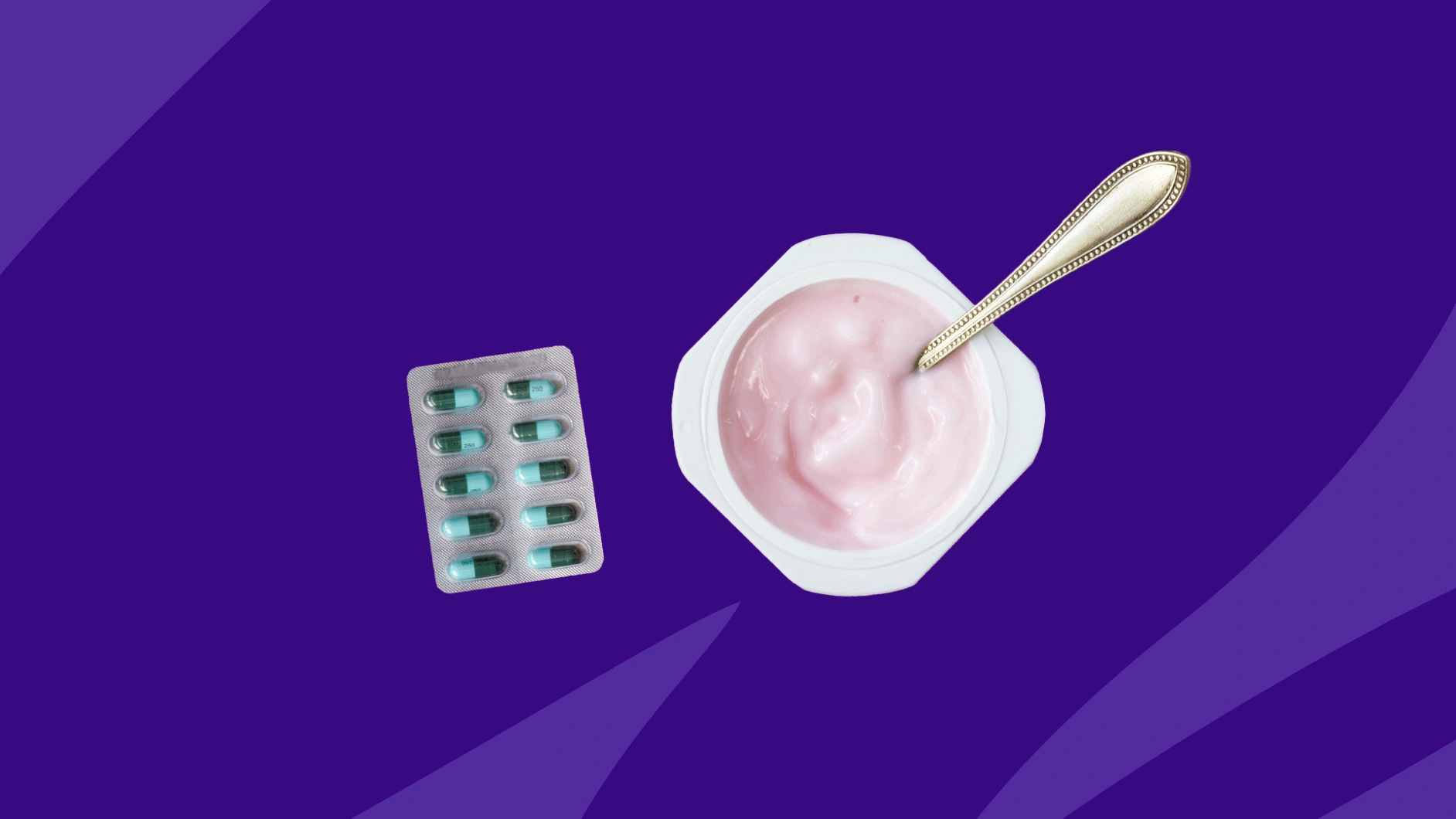

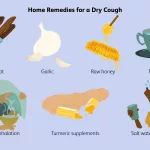



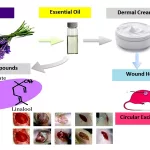


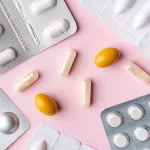
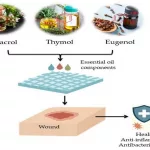






Leave a Reply
You must be logged in to post a comment.